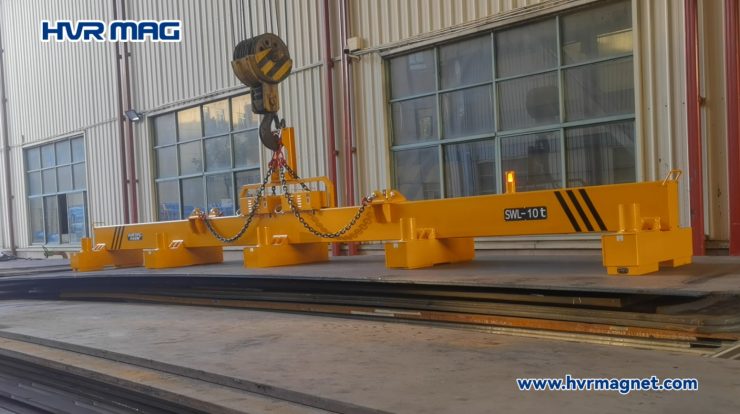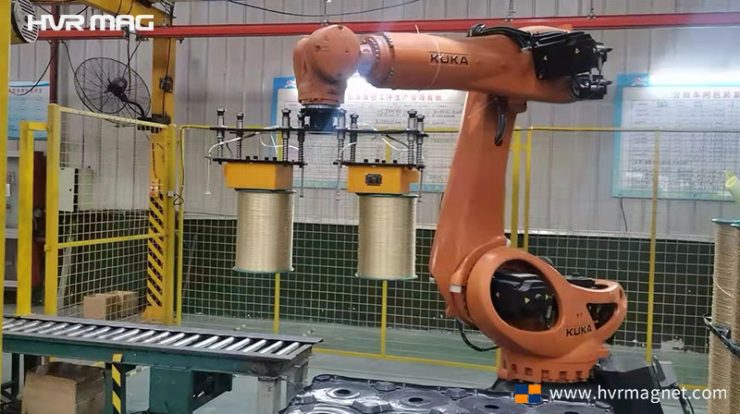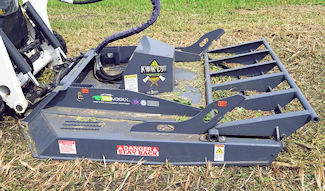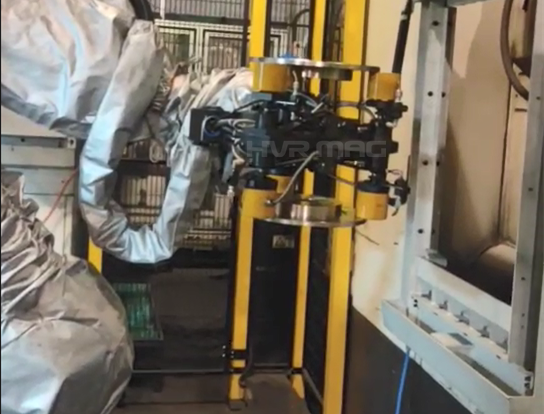Excavator Arm Parts: What You Need to Know

Excavator Arm Parts
As the hardworking, powerhouse component of an excavator, the arm is a marvel of engineering. This robust, articulated structure is responsible for the excavator’s ability to dig, lift, and maneuver material with precision and force.
But what exactly goes into the design and construction of an excavator arm? Let’s take a closer look at the integral parts that give this piece of heavy equipment its formidable capabilities.
Boom
The boom is the main, structural component of the excavator arm. This heavy-duty section extends out from the excavator’s body, forming the backbone that supports the other arm attachments. The boom is usually made of high-strength steel and is designed to withstand the immense stresses and forces generated during excavation work.
Arm/Stick
Attached to the end of the boom is the arm, also known as the stick. This narrower, more articulated section provides the excavator operator with the ability to position the attachment (like a bucket or hydraulic hammer) with fine control. The arm can generally pivot and extend to allow for a wide range of motion and reach.
Bucket Cylinder
Powering the movement and positioning of the bucket or other attachments is the bucket cylinder. This large, heavy-duty hydraulic cylinder is connected between the arm and the attachment, providing the force needed to curl the bucket, tilt it, and control its orientation.
Boom Cylinder
Similarly, the boom cylinder is responsible for lifting and lowering the entire boom assembly. By extending and retracting this powerful hydraulic cylinder, the operator can raise or lower the excavator arm as needed for digging, loading, or other tasks.
Swing Bearing
At the connection point between the excavator body and the arm is the swing bearing. This large, specialized bearing allows the entire arm assembly to rotate or “swing” side-to-side, giving the excavator 360-degree range of motion around its base.
Hoses and Hydraulic Lines
Powering all of the arm’s movements and attachments are the complex network of hydraulic hoses and lines that run throughout the structure. These carry the high-pressure hydraulic fluid needed to actuate the cylinders and rotate the swing bearing.
Pins and Bushings
The various joints and connection points in the excavator arm are held together with heavy-duty steel pins. These pins, along with the surrounding bushings, allow for smooth, low-friction articulation of the different arm sections.
By understanding the key components and systems that make up an excavator arm, you can better appreciate the engineering feats behind these versatile, powerful machines. From the robust boom to the precision hydraulics, every part plays an integral role in delivering the strength, reach, and control that excavators are known for.






